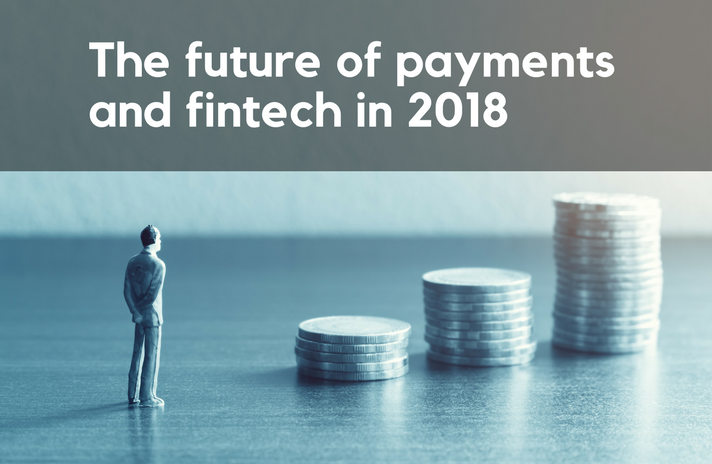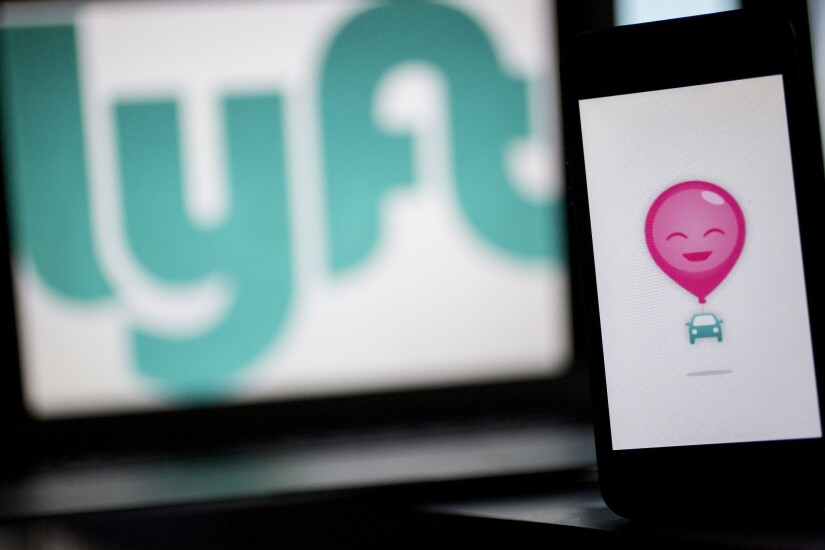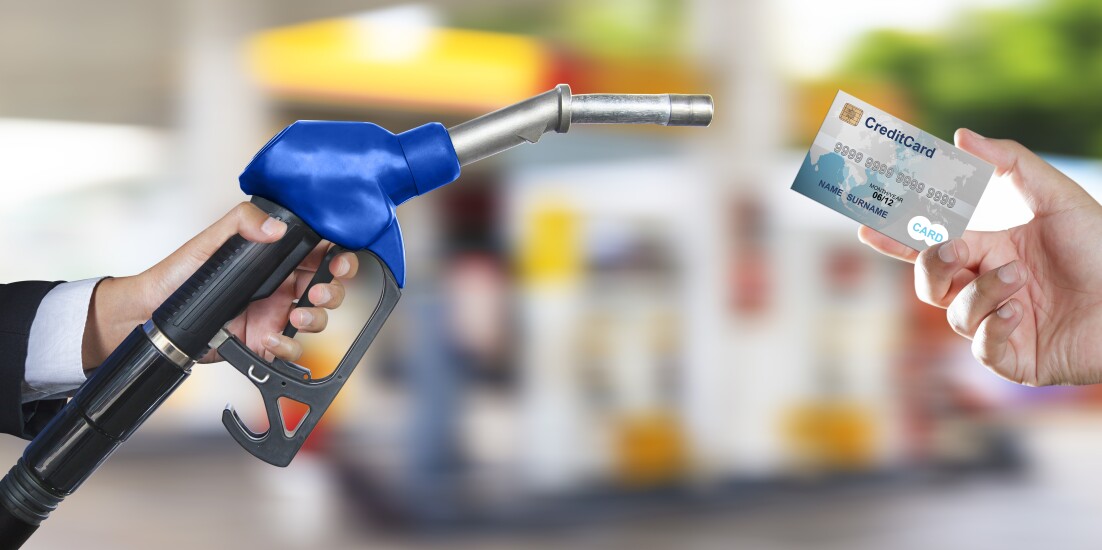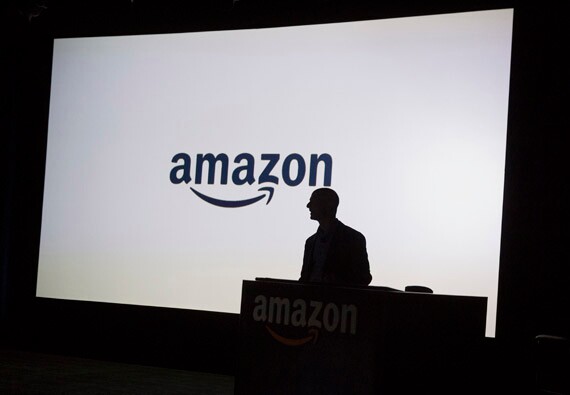
One of the
The rise and fall and rise again of bitcoin has also dominated headlines this year, with bankers like JPMorgan's Jamie Dimon staying skeptical while Goldman Sachs is planning to open a trading desk for cryptocurrency. If the price of bitcoin continues to rise, will bankers reconsider it?
More banks, meanwhile,
Also unclear is whether some of those tech giants may join the banking sector. The Office of the Comptroller of the Currency continues to consider giving a charter to fintech firms, while the existing industrial loan company charter could also allow nonfinancial firms into the system.
With so much uncertainty, the only thing that's clear is how different the sector may look a year from now. Following are predictions for how the leading trends in technology will impact banking in 2018.

Faster payments will find their niche
The allure of faster payments should be obvious, but many consumers and businesses have not only become accustomed to the multi-day process of settling transactions — they have come to count on the float to manage their budgets.
Thus, the real drive for faster payments will come from other emerging sectors. Gig economy companies like
As 2018 progresses, the bigger players in the gig economy will get more outspoken about their needs, and new companies will emerge that further validate the push for faster payments.

In-car payments get up to speed
Additionally, driverless cars are already taking to the roads in tests in Arizona, creating more opportunity than ever to embed payments technology in the dashboard. Consumers who don't have to pay attention to the road can instead plan their errands and place orders online.
Even so, the clearest use cases will stay close to the road. Internet-connected cars will be able to prepay for gas or order food for takeout. They will be able to pay for parking as well. Those are the use cases we're most likely to see in the immediate future, but they will set the tone for bigger ambitions with in-car commerce.

Gas stations invest in payments and security
With such efforts underway, some gas stations are looking past EMV to new mobile and loyalty payment systems. Others are considering
Individual gas stations will choose different paths — and some may choose not to upgrade to EMV at all — but the market will develop innovations that could spill over into other retail categories.

Artificial intelligence and data analytics

App experimentation

Cybersecurity

The evolution of chatbots

Commercial banking innovation

A threat from Silicon Valley?
Banks should gird for disruption from such deep-pocketed tech firms as regulatory efforts including the OCC’s fintech charter or an ILC may potentially offer them a way in.

Data sharing

Fintech investment






